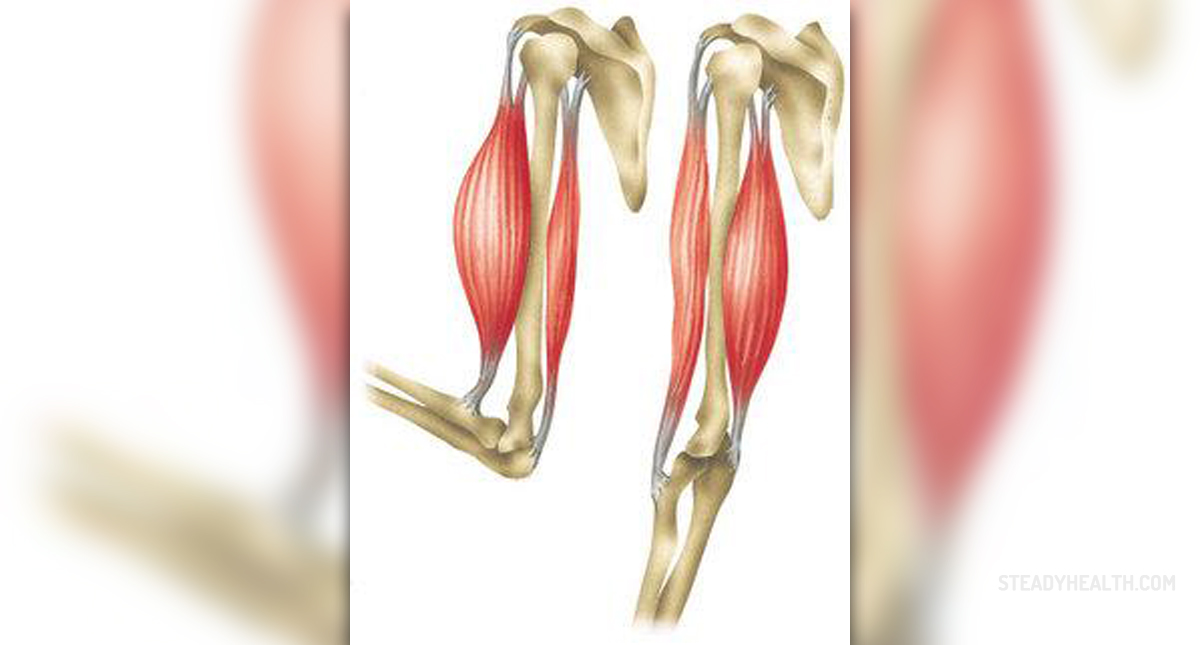
Pull ups help you in building thorough fitness foundation by pulling up your own body weight. This exercise is a part of military and nonmilitary athletic training. Pull ups have many benefits. For example, they upgrade the strength, stability and balance, and they are improving more than several muscles. Pull ups exercise the muscularity in the back, shoulders and arms in the same time.
Arms Muscles Worked by Pull Ups
One of the muscles worked by pull-ups is a biceps muscle, which is located in the arms. The biceps muscles are used when you lift and lower your body while doing the exercise. Other than the biceps muscles, the muscles of your forearms are also exercised. These muscles have a less important role to play. The muscles of the forearms are used while exercising in order to help you have a strong hold on the bar.
Back Muscles Worked by Pull Ups
The large muscle positioned on the left and right sides of the back are some of the muscles exercised by pull ups as well. The energy necessary to do this work out originates from this muscle positioned in the back, known as the latissimus dorsi. While doing the pull ups, back muscles are stretching and contracting due to the raising and lowering the body.
Shoulder Muscles exercised by Pull Ups
The muscles positioned in the anterior side (front side) of the shoulders helps by giving the workout the stability to lift. These muscles are exercised extensively, while performing the workout. These muscles are important in giving the substantial amount of energy to the entire exercise. Core Muscles Exercised by Pull Ups
While doing the exercise, the muscles in your abdomen get a major stimulation. Pull ups cause the abdominal muscles to contract, which helps in stabilization of the core, that helps in making the pull ups a lot more effective.
How to do the Pull Ups
To do the workout hold the bar with a stable overhand grip and keep your hands in the line with your shoulder. This is the starting position of the workout. Now slowly pull yourself up in the position where your chests are almost touching the bar, and your chin is above the bar. When pulling up, do not arch or swing. After your chin goes over the bar, lower yourself gradually and come back to the starting position. You can also bend your knees and cross your feet to give yourself additional support.


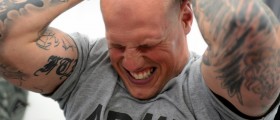
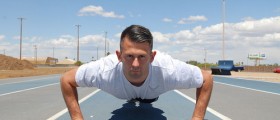
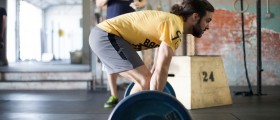
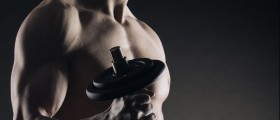
_f_280x120.jpg)
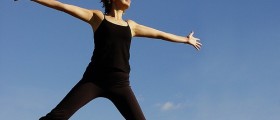
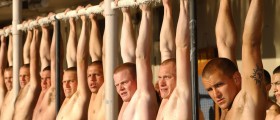

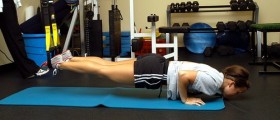
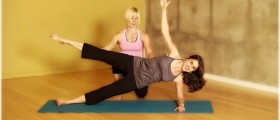
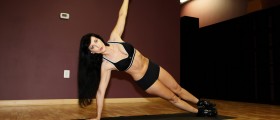
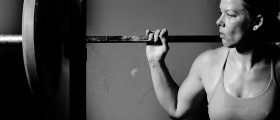
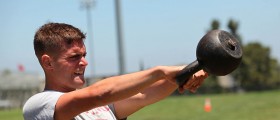
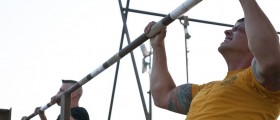
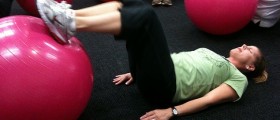
Your thoughts on this
Loading...